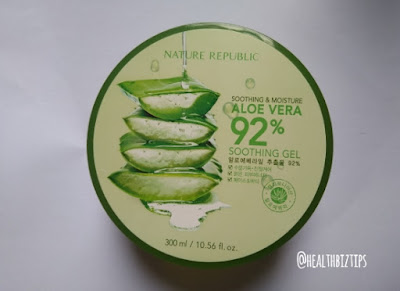Vitamin C rich Foods
What are foods rich in Vitamin C?
By: Arlene Gentallan
What is Vitamin C?
Vitamin C (also known as ascorbic acid) is a water soluble vitamin which our body can not store so we have to rely on our daily intake to get this essential nutrient.
Functions of vitamin C in the body:
Related Article: How much Vitamin C should I take per day?
Vitamin C rich foods:
According to USDA, the following is the Vitamin C content in every 1 cup of a specific food source:
376.7 mg = Guava (1 cup, 165 g)
363.8 mg = Green chili peppers (1 cup, 150 g)
215.6 mg = Red chili peppers (1 cup, 150 g)
166.9 mg = Kiwi (1 cup, 180 g)
140.1 mg = Papaya (1 cup, 230 g)
119.8 mg = Green peppers (1 cup, 149 g)
115.9 mg = Pomelo (1 cup, 190 g)
112.4 mg = Lemon (1 cup, 212 g)
95.8 mg = Orange (1 cup, 180 g)
74.8 mg = Brussels sprouts (1 cup, 88 g)
84.7 mg = Strawberry (1 cup, 144 g)
81.2 mg = Broccoli (1 cup, 91 g)
80.4 mg = Kale (1 cup, 67 g)
78.9 mg = Pineapple (1 cup, 165 g)
74 mg = Green bell peppers (1 cup, 92)
71.8 mg = Grapefruit (1 cup, 230 g)
60.1 mg = Mango (1 cup, 165 g)
58 mg = Green peas (1 cup, 145 g)
57.3 mg = Cantaloupe (1 cup, 156 g)
51.6 mg = Cauliflower (1 cup, 107 g)
30.2 mg = Blackberries (1 cup, 144 g)
29.6 mg = Potato (1 cup, 150 g)
25.3 mg = Tomato, orange (1 cup, 158 g)
23 mg = Okra (1 cup, 100g)
14.6 mg = Avocado (1 cup, 146 g)
By: Arlene Gentallan
 |
| Foods rich in vitamin C content. |
What is Vitamin C?
Vitamin C (also known as ascorbic acid) is a water soluble vitamin which our body can not store so we have to rely on our daily intake to get this essential nutrient.
Functions of vitamin C in the body:
- Boost the immune system
- Repair tissues
- Promotes wound healing
- Collagen production
- Maintains health and strength of skin, nail, hair, teeth, blood vessels, connective tissues such as cartilage, ligaments and tendons
- Antioxidant property that fights harmful free radicals
Related Article: How much Vitamin C should I take per day?
Vitamin C rich foods:
According to USDA, the following is the Vitamin C content in every 1 cup of a specific food source:
376.7 mg = Guava (1 cup, 165 g)
363.8 mg = Green chili peppers (1 cup, 150 g)
215.6 mg = Red chili peppers (1 cup, 150 g)
166.9 mg = Kiwi (1 cup, 180 g)
140.1 mg = Papaya (1 cup, 230 g)
119.8 mg = Green peppers (1 cup, 149 g)
115.9 mg = Pomelo (1 cup, 190 g)
112.4 mg = Lemon (1 cup, 212 g)
95.8 mg = Orange (1 cup, 180 g)
74.8 mg = Brussels sprouts (1 cup, 88 g)
84.7 mg = Strawberry (1 cup, 144 g)
81.2 mg = Broccoli (1 cup, 91 g)
80.4 mg = Kale (1 cup, 67 g)
78.9 mg = Pineapple (1 cup, 165 g)
74 mg = Green bell peppers (1 cup, 92)
71.8 mg = Grapefruit (1 cup, 230 g)
60.1 mg = Mango (1 cup, 165 g)
58 mg = Green peas (1 cup, 145 g)
57.3 mg = Cantaloupe (1 cup, 156 g)
51.6 mg = Cauliflower (1 cup, 107 g)
30.2 mg = Blackberries (1 cup, 144 g)
29.6 mg = Potato (1 cup, 150 g)
25.3 mg = Tomato, orange (1 cup, 158 g)
23 mg = Okra (1 cup, 100g)
14.6 mg = Avocado (1 cup, 146 g)







